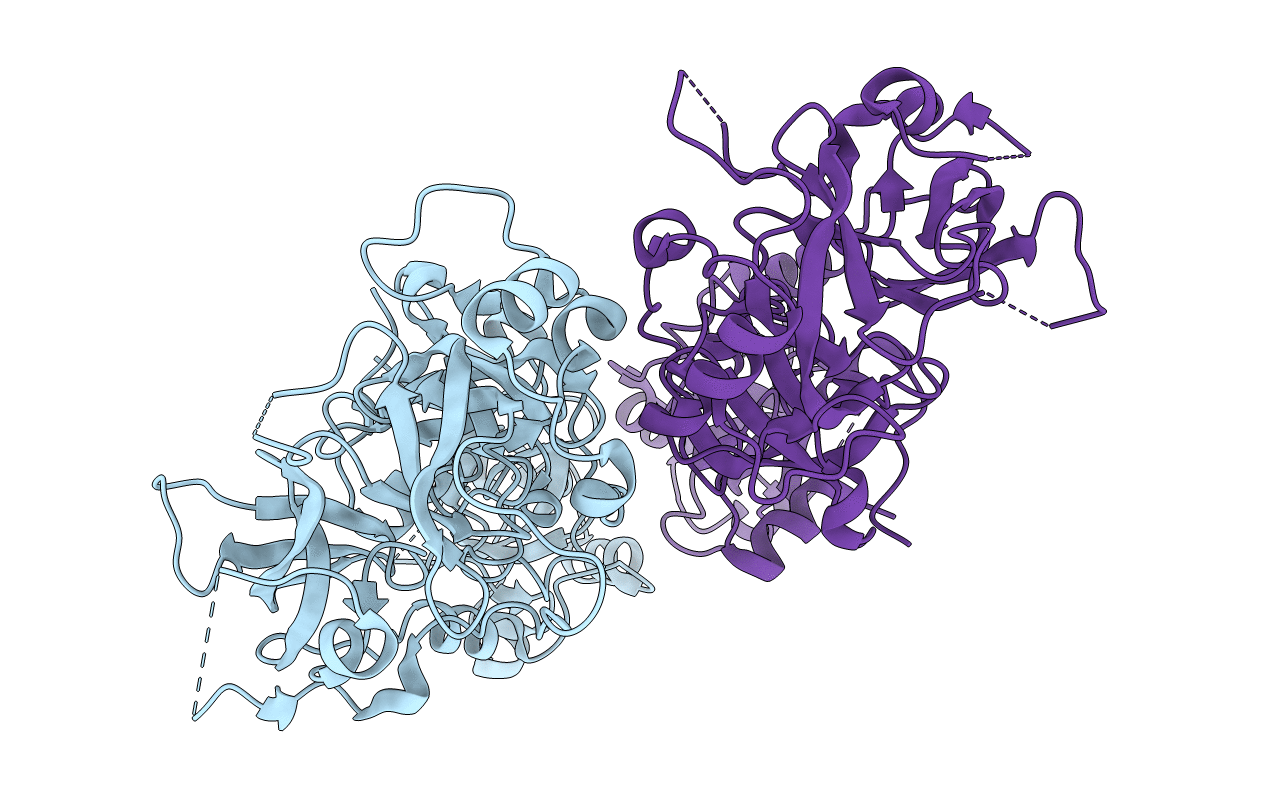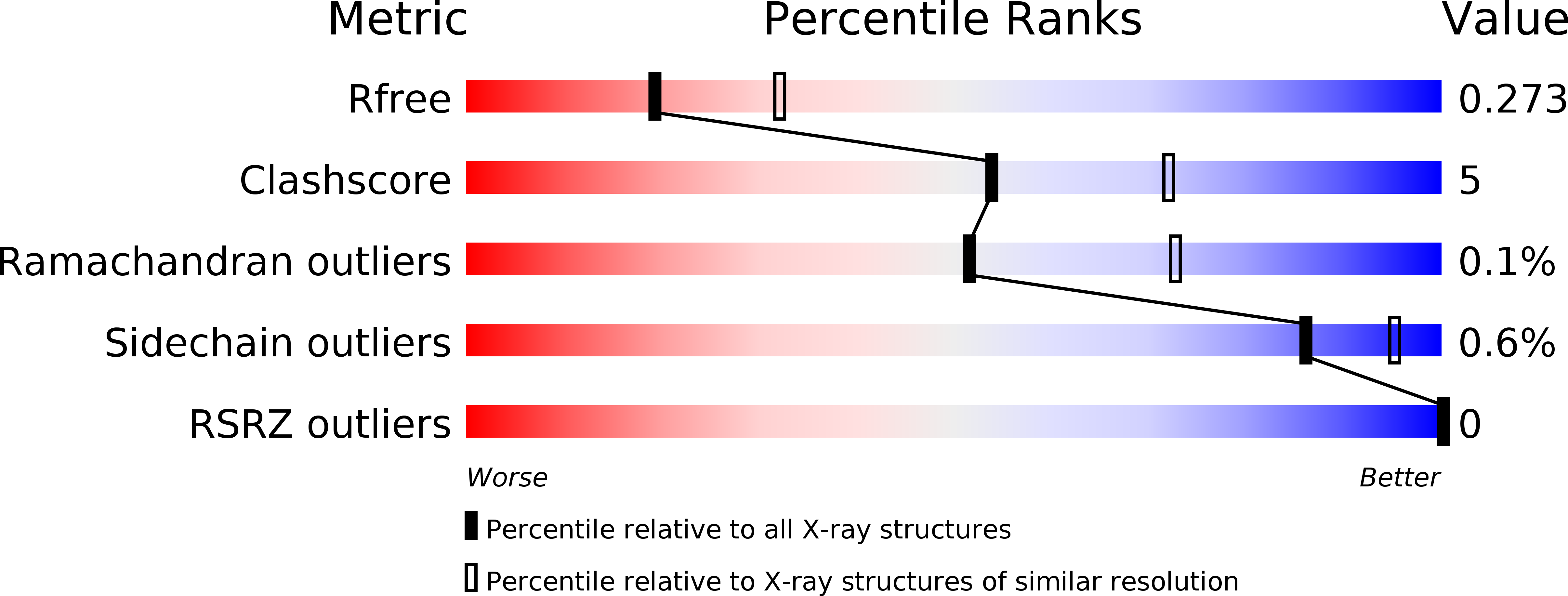
Deposition Date
2008-11-30
Release Date
2009-01-06
Last Version Date
2023-09-06
Method Details:
Experimental Method:
Resolution:
2.50 Å
R-Value Free:
0.27
R-Value Work:
0.20
R-Value Observed:
0.21
Space Group:
P 21 21 21


